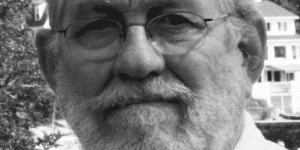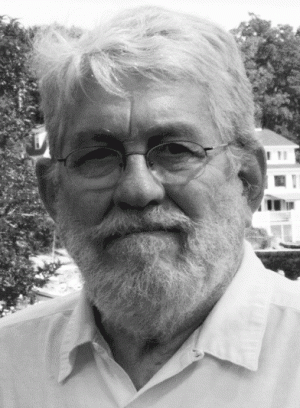The West End I Remember: And What I Later Learned Happened to It
I write this as a mature—even old, by most measures—man recalling vivid memories of walking through Boston’s West End in my youth. I am relying only on my recall as I write. I’m afraid that if I refresh my memory in reading the works of other witnesses, I’ll subtly adopt someone else’s memories as mine. So, I write only what I can remember…
I got off the train and left North Station headed for choir practice at the church at the bottom of Mount Vernon Street. It was a trip I made every Monday, Wednesday and Friday after school, as well as on Sunday for the church service. It was 1943. I was nine.
As I walked toward Charles Street, I moved through roads lined with tall, brick tenements that had storefronts right on the sidewalk. There were people on the street. There were kitchen chairs in which they sat and talked. There were children playing games, and grandmothers, elbows on windowsill pillows, watching the whole scene from above.
The air I inhaled seemed from a foreign country. I recall strange aromas—coffee being roasted, herbs in open boxes, damp sawdust on the floors of the butcher shops—scents totally strange to me, but they were organic and spoke of the makings of food for the table.
My own home in Melrose was in a two-family house on a quiet, residential street. Stores where we got food were outside the neighborhood. Playgrounds were outside the neighborhood. Schools were outside the neighborhood.
Once, when I went with friends to the local woods in Melrose, we passed some houses and I was astonished by what I saw. I still have the image in my head: A row of identical houses lined up along a street, but there wasn’t a sign of life. At the age of nine, I couldn’t put into words the emotion I felt, but it was something like, “What a waste. Why are these houses here? There is no life here.”
As I think of it now, I believe that my passing through the West End four times a week, seeing the vibrancy and feeling the energy there, had a strong impression on me and changed my view of the world.
Almost 20 years later, as an architecture student, I walked into one of my classes where the topic of the day was city planning. The professor spoke about the great fiasco and human tragedy known as The West End Project. I thought: “Wait, I know that place!” In the course of the lecture and subsequent sessions, I learned how Boston officials had failed the people living in the West End and how this country and other countries had learned—at great social cost—about the civic, economic and personal losses of so-called “urban renewal.”
It was about then that I read Jane Jacob’s book, The Death and Life of Great American Cities (1962). Several other authors wrote on the tragedies of urban renewal, but Jacob’s book is the most humane of them all to me. She saw what had happened in Boston and in Philadelphia, and described the idea as a heavy loss for our society.
In mid-October 2016, I got off the train at North Station and walked toward MGH to see my doctor. To get there, I had to navigate a jumble of paving and curbs made for cars and trucks with conflicting ambitions—a paving mess going nowhere. In the middle of this I see the lone holdout of the old West End: a brick building about 16 feet wide and four stories high standing isolated like a slice of the North End transplanted. But, it isn’t a transplant. It’s the last, remaining vestige of what the inscription on the side of a nearby highway access ramp describes as “THE GREATEST NEIGHBORHOOD THIS SIDE OF HEAVEN.”
I felt privileged to have walked through the old West End when it had a robust and dynamic street life. The feeling remains with me today of being included in that life, even though I was only passing through; often, I wished to have lived there in that public warmth.
The community’s destruction and the emptiness that followed is forever a cause for shame among city planners and politicians—even those who didn’t participate. It remains a warning to not act as grand designers without first evaluating the true meaning and importance of an existing neighborhood. To not evaluate is to ignore the likely human cost and the cost to the life of the city that will continue to take a toll for years, perhaps forever.
James Armstrong grew up in Cambridge. He lived briefly in Melrose before returning to the city of his birth. A graduate of Massachusetts College of Art and Harvard University’s Graduate School of Design, Armstrong worked as an architect for 30 years, including as technical designer on several commercial projects in Boston. Today, while semi-retired, he remains active as a children’s book illustrator and a photographer. He resides in the Cape Ann area where he enjoys nature and sailing.



